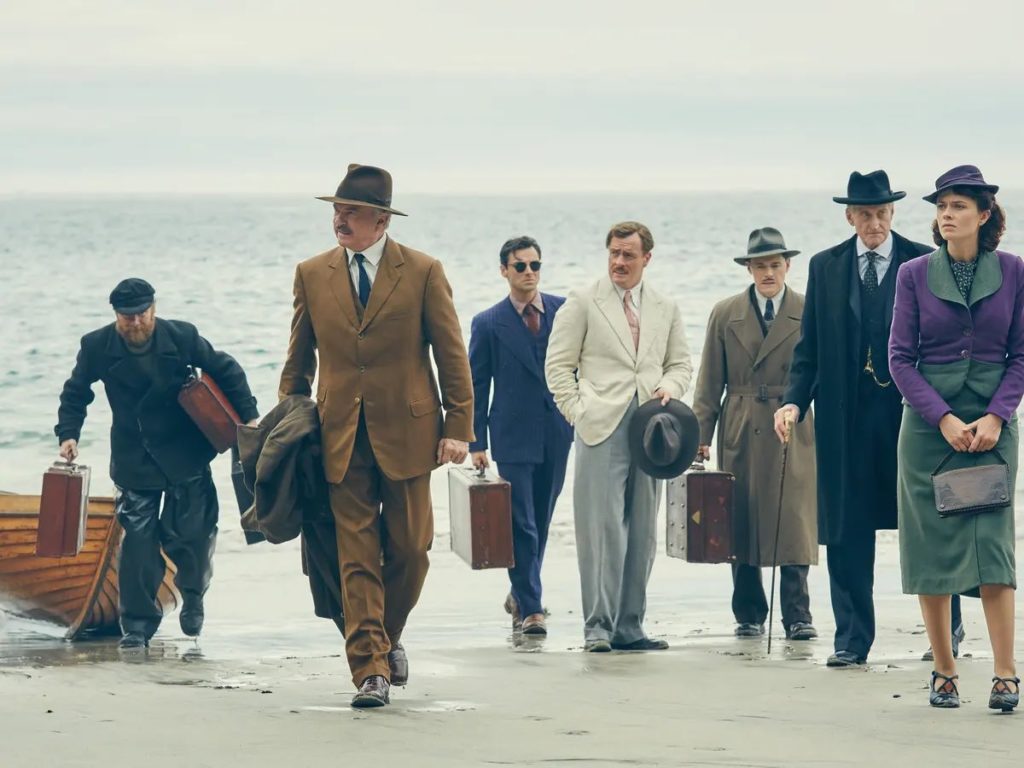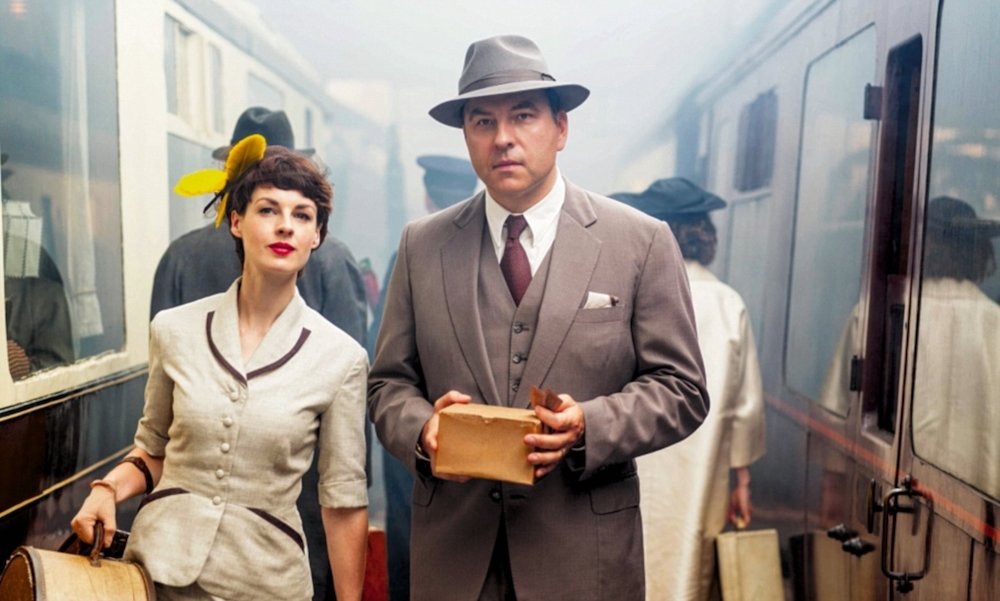It’s said that her books have only been outsold by Shakespeare and the Bible. Her list of works is stunningly long and she holds the title of the world’s longest-running stage play with “The Mousetrap.” This prolific Dame of the British Empire lived a half a dozen lives—nurse, pharmacist, pianist, archaeologist, surfer—before becoming a full-time writer.

Agatha Christie became known for tightly plotted murder mysteries, usually featuring one of her signature detectives. The sleuths employ their individual techniques to sniff out the perpetrator before a big reveal at the end. Whether they feature Poirot’s fastidious perfection, Miss Marple’s busybody meddling, or Tommy and Tuppence’s ditsy but darling snooping, Christie’s highly structured stories were (and are) constant bestsellers.

She also had a knack for creating seemingly impossible puzzles that were somehow just barely plausible. She generally subscribed to the tenets of the Detection Club, rules which prevented ‘cheating.’ For example, detectives weren’t allowed to solve the mystery because of an accident, and the murderer had to be a character from the outset. While she would push the envelope on these rules throughout her career, she earned a reputation as a fair (if tricky) puzzle-maker. This style of mystery fiction, along with the rise in popularity of the crossword puzzle, made the 1920s and ‘30s the literary Golden Age of Detective Fiction.
Murder on the Orient Express is one of Christie’s most enduringly-popular stories. A group of seemingly disparate travelers bundle aboard the famous transcontinental railway. One of their fellow travelers is stabbed and shortly thereafter the train becomes snowbound. Everyone is trapped and Poirot must solve the case before the murderer strikes again.
Christie married an archaeologist and became an amateur archaeologist in her own right. Many winters were spent abroad in the Middle East and North Africa; these locales became rich locations for her stories. Death on the Nile is another of her very popular tales. In it, Poirot is on a river cruise when a murder takes place. He must suspect everyone aboard until he can solve the crime.
Tommy and Tuppence are a slightly daft but endearing couple who somehow finds themselves tracking down killers. With an added element of post-World War II and Cold War tension, the stories are fast-paced and often funny. This adaptation also has particularly fun period clothing.
Christie’s other favorite recurring sleuth is the busybody Miss Marple. Wrapped in the tweeds of an unassuming older woman, Marple uses her quiet persona to her advantage. Not unlike a certain Jessica Fletcher of Cabot Cove, she finds herself unravelling small town murders and countryside conundrums. The fabulous Helen Hayes and the hilarious Margaret Rutherford adapted several on to film and there was also a very popular television series featuring Miss Marple.
My favorite of the regular detectives is Hercule Poirot, but I am a huge fan of some of her standalone books. In fact, They Came to Bagdad is probably my favorite of Christie’s novels. The impossible locked room puzzle of And Then There Were None (also known as Ten Little Indians) is an example of high art terms of the Golden Age. A group of strangers is invited to a weekend at a manor on a windswept island. A storm kicks up, leaving them stranded while an unknown assailant begins picking them off, one by one.
Now, if only someone would adapt the Mysterious Mr. Quin short stories…
Originally written for DVD Netflix
